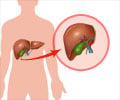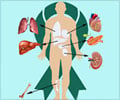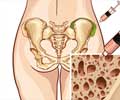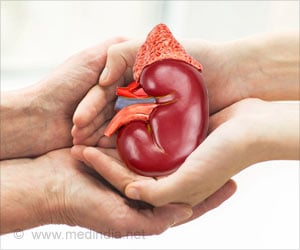Researchers at Rice University have identified new treatment targets for delaying liver failure.
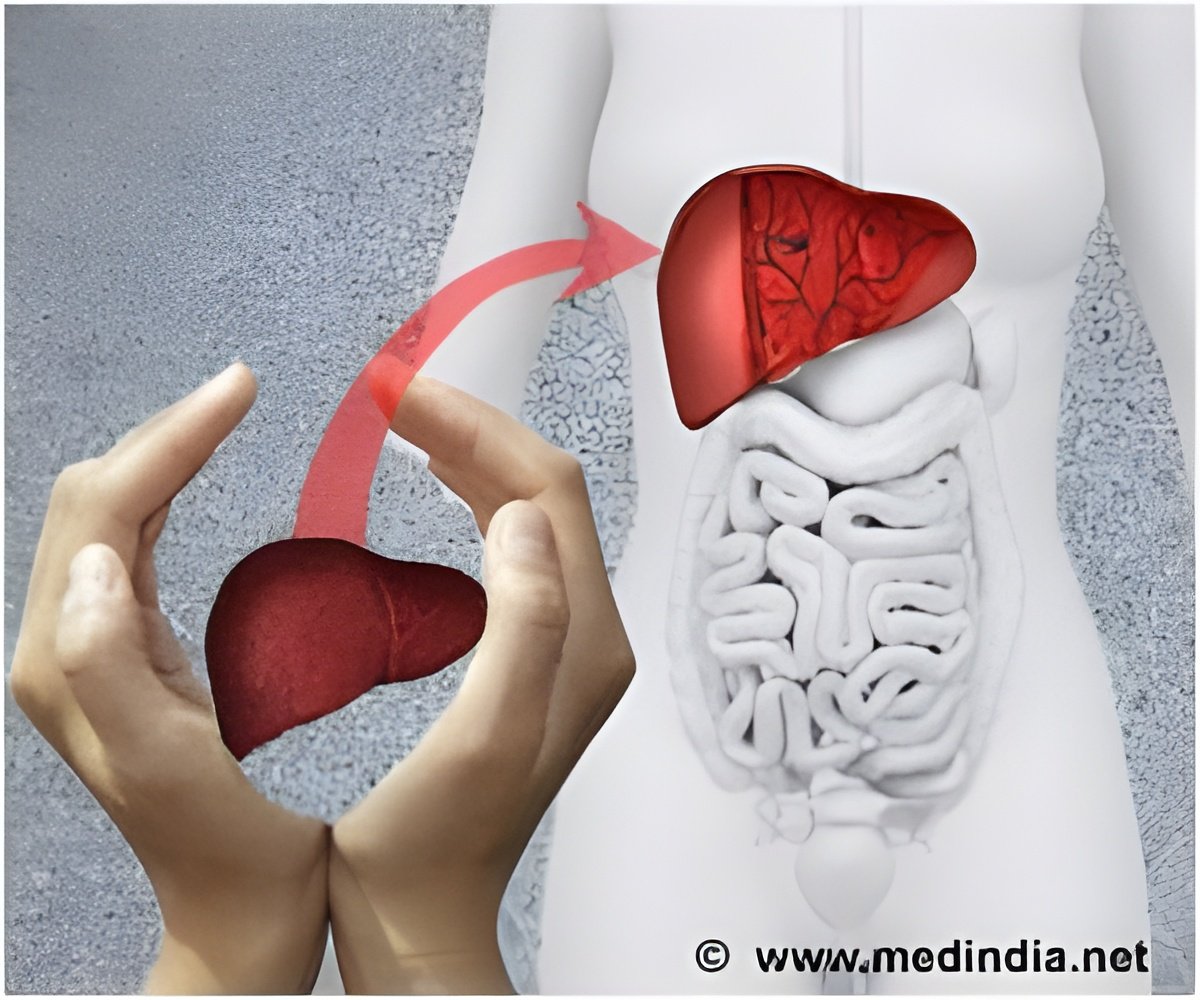
"There's an old saying that 'the beginning of health is to know the disease,'" said lead researcher Deepak Nagrath of Rice. "There's never been a clear understanding of what causes liver cells to stop working during the final stages of cirrhosis. Our goal was to probe the metabolic processes inside liver cells in this stage of the disease to better understand what causes them to fail."
Liver disease is a growing problem worldwide, especially in countries where fatty diets and obesity are also problems. According to the American Liver Foundation, one in 10 Americans suffers from liver disease and as many as one in four Americans is at risk, including many who suffer from "nonalcoholic fatty liver disease," a buildup of extra fat in the organ.
Nagrath, the director of Rice's Laboratory for Systems Biology of Human Diseases, said his group wanted to examine the role that energy metabolism played in the breakdown of hepatocyte function during cirrhosis. To do that, the group needed to examine the biochemistry of liver cells at various stages during the disease.
The first stage of liver disease, called "steatosis," is marked by the fat buildup. The next stage is fibrosis, when fibers start getting deposited. This leads to damage of the liver cells, or hepatocytes, which leads to the final stage, cirrhosis.
Nagrath said the studywas made possible by a unique animal model for cirrhosis that was developed by Ira Fox and Alejandro Soto-Gutierrez at the University of Pittsburgh's McGowan Institute for Regenerative Medicine.
Advertisement
Using hepatocyte samples collected at Pittsburgh, Nagrath's lab conducted a detailed search for chemical and genetic clues about hepatocyte metabolism. In particular, they focused on how the cells were producing adenosine triphosphate, or ATP, the "molecular unit of currency" that all living cells use to transport chemical energy.
Advertisement
"Mitochondrial production of ATP is more efficient than glycolysis, but in times of stress, when the cells needs extra energy to repair themselves or respond to a crisis, they can employ both processes at the same time," said Nagrath, assistant professor of chemical and biomolecular engineering and of bioengineering. "It's also well-known that some forms of cancer rely almost exclusively on the glycolytic pathway, so people tend to associate glycolysis with an unhealthy or diseased state."
In their study, Nagrath and colleagues found that the story of ATP production in liver cells was considerably more complex than previously understood.
"It's well-known that energy production from the mitochondrial pathway goes down during cirrhosis, and many people had assumed that this was the primary driver of metabolic failure," he said. "While we did find that mitochondrial production decreased, it was not down-regulated enough to say that it was a complete failure. It didn't change that much. Glycolysis, on the other hand, changed a great deal."
The study showed that in the middle stage of cirrhosis, liver cells up-regulate the glycolytic pathway to produce more energy in response to the disease. Combined with the reduced but still significant production from the mitochondrial pathway, the glycolytic input results in a large net gain in metabolic output. In the final stage of the disease, the cells are unable to sustain their glycolytic output, and net ATP production falls.
"When that happens, and the cells are no longer able to use glycolysis to maintain energy, liver failure occurs," Nagrath said.
The researchers confirmed the clinical relevance of the findings by comparing the gene expression patterns in the rodents with the genetic profiles of 216 human patients who have cirrhosis.
Nagrath said the findings are important because there are drugs that clinicians can use to target the glucose pathway. These could potentially be used to boost glycolytic energy production and keep patients alive longer.
"This would not represent a cure for liver disease," he said. "It would only apply to patients in the final stage of liver disease, but if such treatments did prove effective, they could extend the lives of some patients who are awaiting transplants."
Source-Eurekalert

